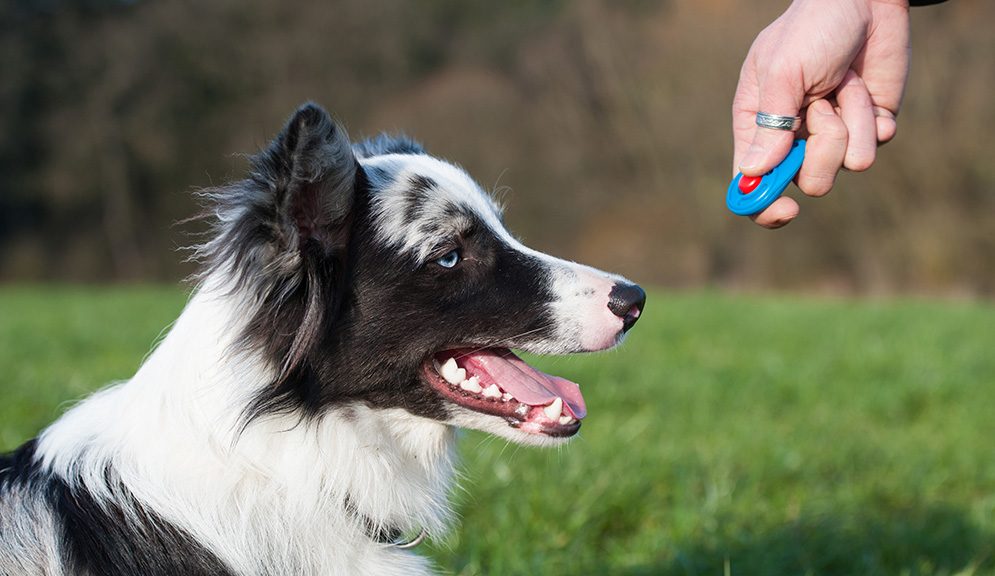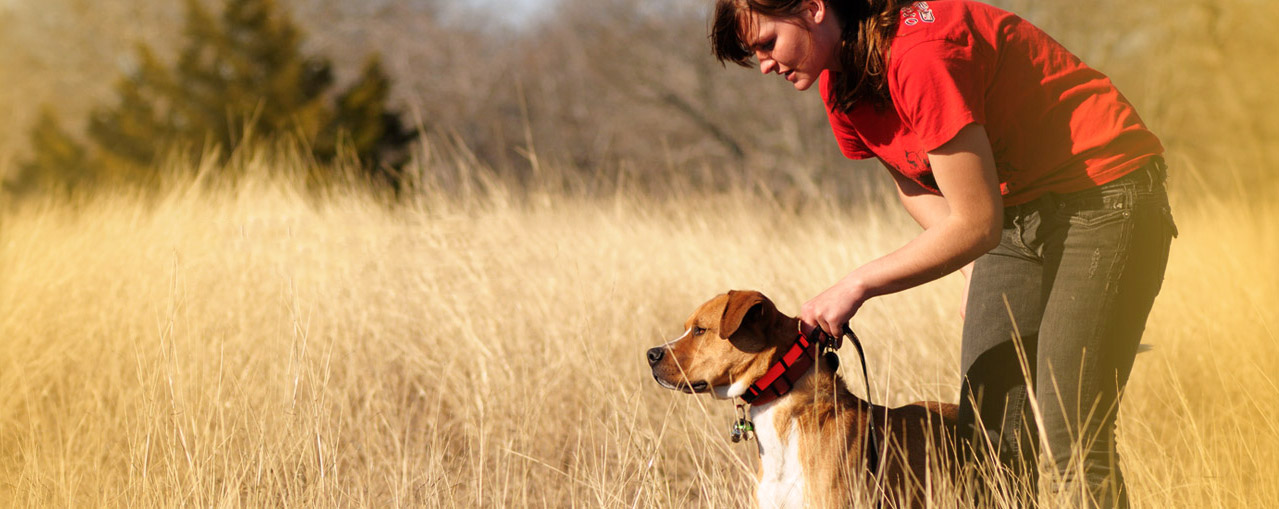The Benefits of Very Early Dog Training for a Well-Behaved Animal
The Benefits of Very Early Dog Training for a Well-Behaved Animal
Blog Article
Important Tips for Effective Dog Training: An Overview for Animal Owners
Efficient pet training is a multifaceted process that requires a tactical strategy tailored to both the animal's character and the owner's goals. Key components such as developing consistent commands, utilizing favorable reinforcement, and promoting early socialization play essential functions in fostering a well-adjusted canine buddy. Numerous pet owners experience obstacles that can impede progression, leading to frustration and uncertainty. Recognizing how to browse these obstacles can considerably enhance the training experience, ultimately transforming the relationship in between proprietor and canine. What are the essential strategies that can be utilized to make sure success in this undertaking?
Understanding Dog Actions
Understanding dog habits is important for efficient training and cultivating a harmonious partnership between dogs and their proprietors. Dogs communicate primarily through body language, vocalizations, and actions, making it important for proprietors to interpret these signals properly. Recognizing a pet's pose, tail placement, and ear orientation can supply insights into its mood. As an example, a wagging tail does not constantly indicate joy; it can also signify exhilaration or anxiety.

Socialization plays a considerable function in pet dog habits; direct exposure to various atmospheres, people, and various other pets can significantly affect a pet dog's character. Moreover, elements such as breed characteristics and individual temperament need to lead training approaches, as some breeds might have particular behavioral attributes that demand customized techniques. By recognizing these aspects, owners can produce a helpful setting that urges positive habits, bring about effective training results and a much deeper bond with their pet dogs.
Establishing Consistent Commands
Effective communication with your pet dog starts with developing constant commands. This fundamental aspect of training is important for cultivating understanding between you and your pet dog. Uniformity in the commands you use ensures that your pet can dependably connect details words or expressions with the desired behaviors.
When choosing commands, select clear, unique words that are easy to state and set apart from one another. Prevent utilizing similar-sounding commands that may puzzle your canine. For example, making use of "sit" and "stay" is ideal, but "rest" and "struck" can cause misunderstandings.
Furthermore, preserve the same tone and quantity for every command. Dogs are sensitive to vocal cues, so varying your tone can produce complication.
It is just as crucial to guarantee that all member of the family get on the very same web page concerning the commands utilized. A united front in command use will avoid blended signals and reinforce the discovering process.
Favorable Reinforcement Strategies
The power of favorable reinforcement in pet training depends on its capacity to motivate wanted actions with benefits and praise. This technique is based in the principle that behaviors followed by positive outcomes are more probable to be repeated. By integrating favorable support into your training regimen, you can properly shape your pet dog's behavior in a positive manner.
To apply positive support, it's vital to identify what encourages your canine, whether it be treats, playthings, or verbal appreciation. When your dog does a wanted activity, such as remaining on command, promptly award them with a reward or affection. This association between the command and the favorable result strengthens their understanding.
It's critical to timing the incentives correctly; supplying the reinforcement within secs of the wanted habits aids your pet dog make the connection (dog training). In addition, uniformity is vital-- ensure that all relative utilize the same commands and incentive systems to prevent confusion

Progressively, you can lower the frequency of treats as your pet dog discovers the behavior, transitioning to commend or intermittent incentives. This approach not just cultivates a strong bond between you and your pet dog however additionally advertises a positive discovering atmosphere, making educating an enjoyable experience for both.
Socialization and Interaction
Constantly revealing your pet to a variety of environments, people, and various other pets is crucial for their social growth. Socializing ought to start early, preferably during the critical window of 3 to 14 weeks, when young puppies are most responsive to new experiences. Older pets can additionally profit from continuous socializing initiatives.
Present your pet dog to various setups, more information such as parks, pet-friendly stores, and city areas. This exposure assists them adjust to different stimulations, lowering anxiousness and anxiety feedbacks. Motivate positive communications with other pets and individuals, ensuring that these encounters are regulated and risk-free to cultivate self-confidence.
Make use of organized playdates with genteel canines, as this can enhance your pet dog's social skills and show them suitable actions. Obedience classes and training sessions likewise provide superb opportunities for socializing, allowing your pet to communicate with others in a monitored atmosphere.
Display your canine's body movement during interactions, as this will certainly help you assess their comfort level. Progressively enhance direct exposure to more difficult scenarios while guaranteeing that each experience is favorable. A well-socialized dog is a lot more most likely to exhibit balanced actions, making them a joy to have in any type of see this here setup.
Addressing Typical Training Difficulties
Every pet proprietor will run into training difficulties at some time, no matter their canine's age or socialization degree. Identifying common concerns such as stubbornness, disturbances, and fearfulness can assist in establishing reliable strategies for improvement.

Progressively present diversions as the pet dog ends up being much more skilled in commands. Short, frequent training sessions are also reliable in keeping interest.
Fearfulness can prevent a pet's discovering process. Gradual desensitization to the resource of concern, matched with positive support, can assist minimize anxiety. Perseverance is critical; never ever force a pet right into a situation that causes distress, as this might intensify the concern.
Eventually, understanding and dealing with these usual difficulties with a structured technique will certainly promote an extra effective training experience, enhancing the bond in between pet dog and owner while advertising reliable discovering.
Final Thought
In recap, successful pet training relies upon a comprehensive understanding of canine actions, the establishment of regular commands, and the application of positive support techniques. Socialization plays an essential duty in developing well-adjusted family pets, while addressing typical training challenges needs perseverance and adaptability. By carrying out these essential methods, pet owners can cultivate a strong bond with their canines and advertise preferable behaviors, eventually bring about an unified connection in between humans and their canine buddies.
Recognizing pet dog behavior is necessary for effective training and fostering a harmonious connection in between pooches and navigate to this site their owners.Socialization plays a considerable function in pet actions; exposure to numerous environments, people, and other animals can substantially influence a dog's temperament.The power of positive support in canine training exists in its capacity to encourage desired actions through benefits and praise. By integrating positive support into your training routine, you can successfully form your dog's behavior in a constructive way.
In summary, effective pet dog training relies on a detailed understanding of canine actions, the facility of consistent commands, and the application of favorable support strategies.
Report this page